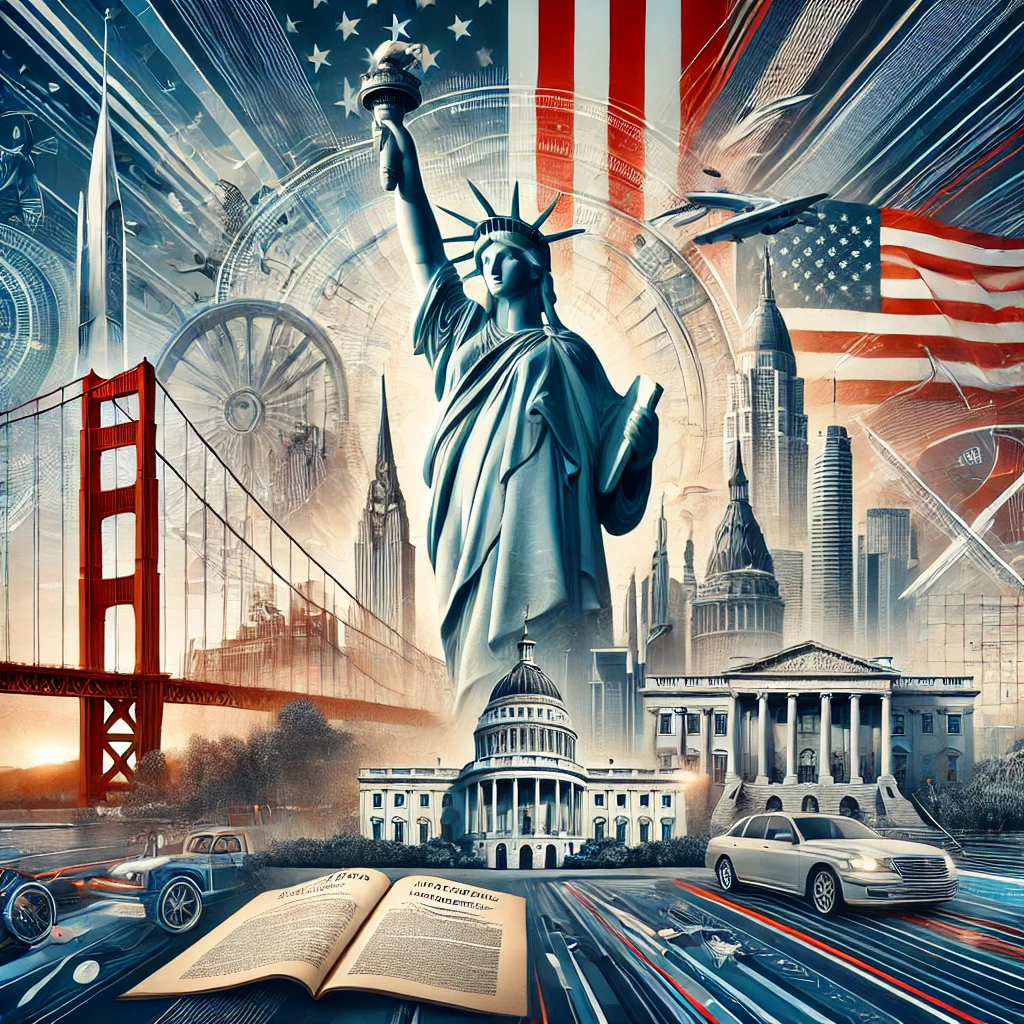Introduction
The United States of America is one of the most influential nations in the world today. From its founding in the late 18th century to its emergence as a global superpower, the history of the USA is filled with struggle, innovation, and transformation. This article explores the key events and milestones that have shaped the nation into what it is today.
The Colonial Era and the Road to Independence
Before the United States became an independent country, it was a collection of British colonies. The first successful English settlement was established in Jamestown, Virginia, in 1607. Over the next century, more colonies were founded along the eastern seaboard, with settlers arriving from England and other parts of Europe seeking religious freedom, economic opportunities, and political autonomy.
Tensions between the colonies and Britain grew in the 18th century due to heavy taxation and lack of representation in British governance. This led to the American Revolution (1775–1783), during which the thirteen colonies fought for their independence. The Declaration of Independence, drafted by Thomas Jefferson and adopted on July 4, 1776, formally announced the separation from Britain.
Following the Revolutionary War, the United States established a new form of government, adopting the U.S. Constitution in 1787. The first President, George Washington, took office in 1789, setting the stage for a new democratic experiment.
Expansion and the Civil War
Throughout the 19th century, the United States expanded westward, acquiring new territories through purchases, treaties, and conflicts. The Louisiana Purchase (1803) doubled the size of the country, while Manifest Destiny—the belief that Americans were destined to expand across the continent—led to further territorial growth.
However, the nation was deeply divided over the issue of slavery. The North and South had different economic structures, with the South relying heavily on enslaved labor. This conflict ultimately led to the Civil War (1861–1865), one of the deadliest conflicts in American history. Under President Abraham Lincoln’s leadership, the Union (North) emerged victorious, and slavery was officially abolished through the 13th Amendment in 1865.
Industrialization and Global Influence
After the Civil War, the United States entered a period of rapid industrialization. The late 19th and early 20th centuries saw the rise of powerful industries such as steel, railroads, and oil. Cities grew, immigration increased, and technological advancements, such as the telephone and electric light, transformed daily life.
The USA also became more involved in global affairs, participating in World War I (1917–1918) and later emerging as a leading force in World War II (1941–1945). Following the defeat of the Axis Powers, the United States and the Soviet Union entered the Cold War (1947–1991), a period of political and military tension. This era saw the U.S. play a major role in international conflicts such as the Korean War and the Vietnam War while also leading the space race, culminating in the moon landing in 1969.
The Civil Rights Movement and Social Change
The mid-20th century was marked by significant social and political movements. The Civil Rights Movement, led by figures such as Martin Luther King Jr. and Rosa Parks, sought to end racial segregation and discrimination. The Civil Rights Act of 1964 and the Voting Rights Act of 1965 were landmark legislations that aimed to provide equal rights to all citizens.
Other social movements followed, including the women’s rights movement, the LGBTQ+ rights movement, and environmental activism. These movements continue to shape American society and policies today.
The United States in the 21st Century
The beginning of the 21st century brought new challenges and opportunities for the United States. The September 11, 2001 terrorist attacks led to the War on Terror, with military interventions in Afghanistan and Iraq. Economic crises, technological advancements, and shifting political landscapes have also influenced the country’s direction.
Despite its challenges, the United States remains a global leader in technology, economics, and culture. The country’s democratic principles, diverse population, and innovative spirit continue to drive progress in various fields, from artificial intelligence to space exploration.
Final Thoughts
The history of the United States is a dynamic tale of resilience, expansion, and transformation. From its founding as a collection of rebellious colonies to its current status as a global superpower, the country has undergone significant changes while striving to uphold its founding ideals of freedom and democracy. As the nation continues to evolve, its history serves as both a guide and an inspiration for future generations.


Leave a Reply